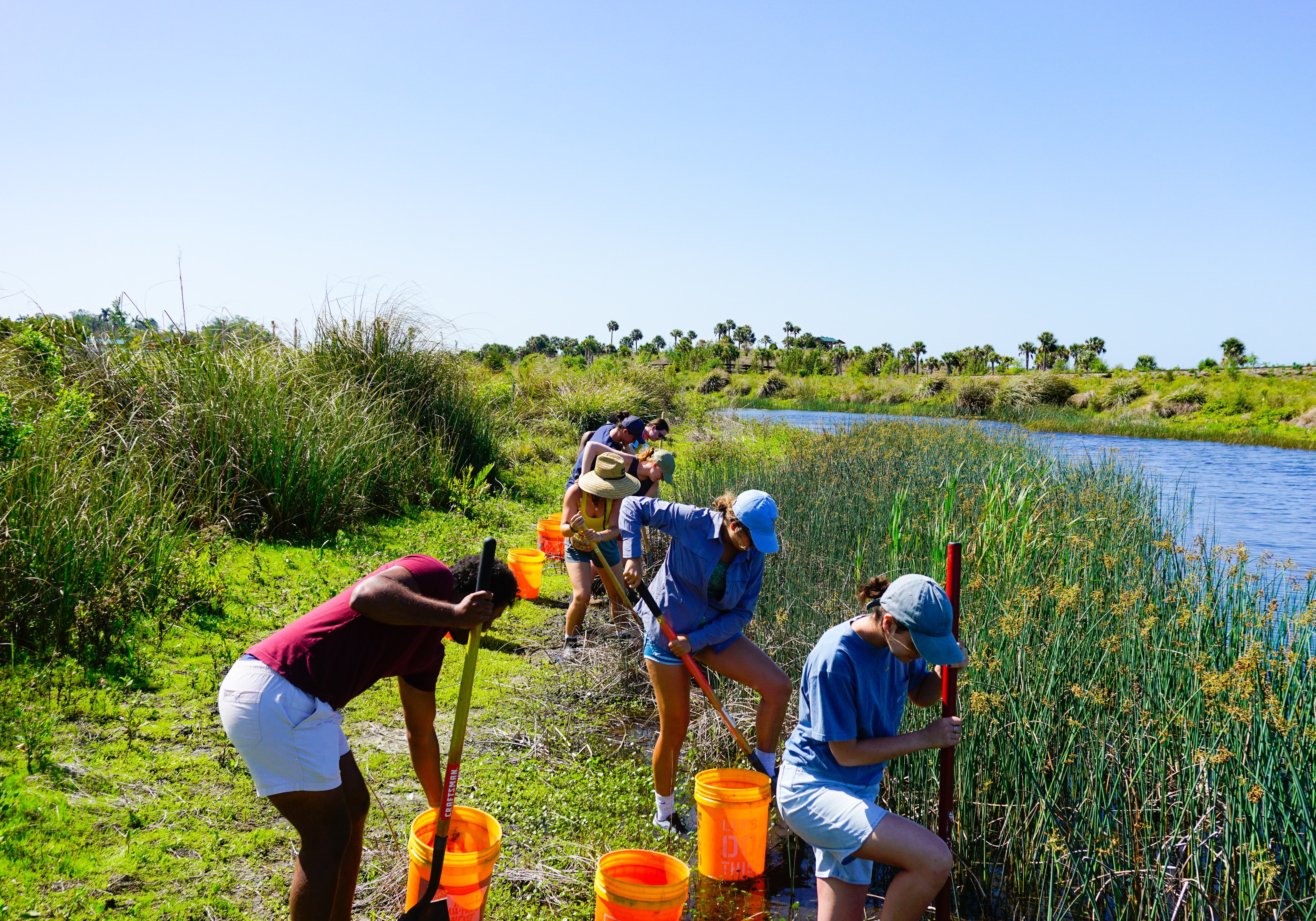Service-learning is a powerful tool that can transform lives and communities. In service-learning projects, educators combine classroom learning with community engagement to provide hands-on experience for students while meeting an existing need in the community.
As you integrate service-learning into your curriculum, developing a plan that caters to the needs of your students and your community is vital. Here are five steps to get you started:
1. Research
Any service-learning project should start by looking at your community. This could be your local, national or even global community. Is there an issue, challenge or need that your students can help address? How does it tie into the subject you are teaching or the skills your students are developing? The best service-learning projects are designed with input from students and community partners, so ensure you're sharing your ideas and providing avenues for feedback.
2. Identify Potential Community Partners
Hopefully, you began conversations with potential partners during the research phase. If not, now is the time. Connect with organizations or groups who are already working on the issue you have identified within your community. Depending on the project you're designing, this could be advocacy work, direct or indirect service or research. Identify how you might work together: for instance, can your students volunteer at their site or help them analyze data?
3. Develop Learning Objectives
Now that your project is shaping up, it's time to identify benchmarks for student learning. Learning objectives are an essential way to measure if your project is successful, impactful and mutually beneficial. Start with some basic questions: what do you hope to accomplish? Who will you work with? What will success look like?
From there, identify specific learning objectives for your project. For instance, if you are examining housing policy, a learning objective might be, "students will examine the strengths and weaknesses of federal housing assistance by providing direct service to individuals experiencing homelessness."
Your students' learning objectives should be tied to academic standards and include what they will learn and how they will learn it. You should intentionally design service-learning experiences to help students meet those objectives.
4. Implement
Before you launch your project, do some reflection to ensure it meets your intended goals. You can assess whether your plan is comprehensive by asking these five questions:
- Is it directly bound to the academic curriculum?
- Does it meet an existing community need?
- Is it student-centered?
- Will it engage students in creating collective impact?
- Does it match the students' skills and talents with the community's needs?
Once you feel confident in your project, it's time to get started. Put your service-learning plan into action and watch your students grow through place-based engagement. Make sure you leave time and space for reflection along the way and adjust the project based on what you learn together.
5. Reflect
Reflection can focus on tangible outcomes but is also a space for students to explore how their attitudes, beliefs and behaviors may have changed. By reflecting on the process, students can focus on what they've accomplished, what they've learned and what may have surprised them about the project. To keep things interesting, you can vary the styles of reflection, using online journals, discussion, creative responses–like art or music–and more.
When you use GivePulse to manage your service-learning project, you'll have a dedicated portal for students, community partners and faculty to submit reflections and engage in a productive and targeted dialogue so the learning can continue.
Champion Service-Learning with GivePulse
Managing impactful service-learning projects requires significant time and resources, from identifying community partners to tracking student hours. Professors, teachers, educators, staff and service-learning centers work with GivePulse to streamline the logistics of managing community partnerships and tracking student engagement in service-learning courses.
GivePulse believes in the power of community-engaged learning and research. We built our service-learning management platform to make it easier for educators to stay connected with students and partners throughout their service-learning projects.
If you're planning your next project, schedule a demo with GivePulse today to learn how we can help your students and partners succeed.
About GivePulse
GivePulse's mission is to enable everyone in the world to participate and engage in lifting their community to new heights. We do so by providing a platform to list, find, organize and measure the impact of service-learning, community engagement, philanthropy, corporate social responsibility and volunteerism.
Founded in 2012 in Austin, Texas, GivePulse works with 650,000+ groups, including colleges and universities, nonprofits, businesses, K-12/school districts and cities and municipalities. Together, we connect millions of people in an effort to create positive social change.
Start making a difference today by visiting www.givepulse.com.

